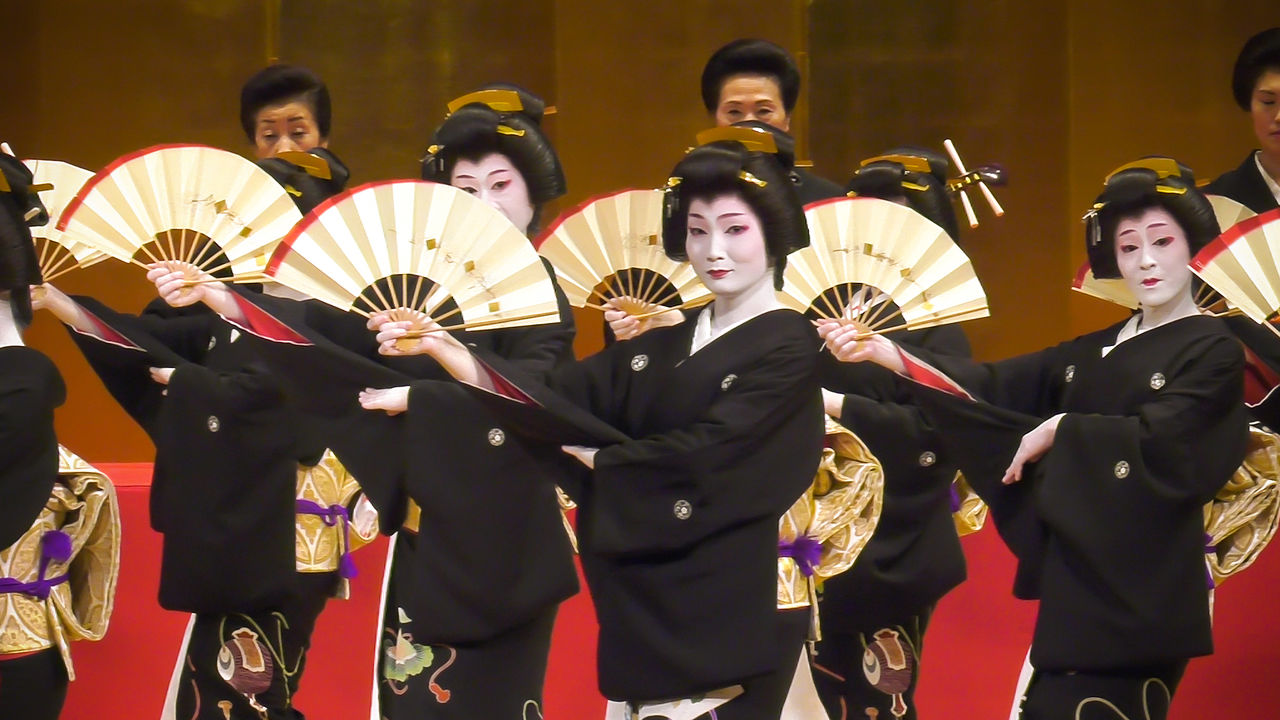wherearewegoing.net – The Sagara Chochin, a mesmerizing dance performed with bamboo lanterns, is a unique and elegant tradition that has been celebrated in Japan for centuries. Originating from the Sagara region, this dance is a testament to the country’s rich cultural heritage and its deep connection with nature. The Sagara Chochin is not just a performance; it’s a celebration of light, movement, and the beauty of bamboo.
The Origins of the Dance
The origins of the Sagara Chochin can be traced back to the Edo period (1603-1868), when it was performed as a prayer for a bountiful harvest and to ward off evil spirits. The dance involves the use of bamboo lanterns, which are lit and swayed in rhythmic patterns, creating a stunning visual spectacle. Over the years, the dance has evolved, but its core essence remains unchanged, symbolizing the unity of the community and their respect for nature.
The Dance Performance
The highlight of the Sagara Chochin is the dance itself, which is performed by both men and women. The dancers, dressed in traditional attire, hold bamboo lanterns in their hands. As the music begins, they start to move in a synchronized manner, their steps graceful and precise. The lanterns, with their flickering lights, add an ethereal quality to the performance, casting shadows that dance along with the performers.
The rhythm of the dance is both calming and invigorating, reflecting the harmony between the dancers and the natural elements. The bamboo, a symbol of strength and flexibility, plays a central role in the performance, its rustling sounds blending with the music to create an enchanting atmosphere.
The Significance of Bamboo
Bamboo, a plant that is deeply revered in Japanese culture, plays a crucial role in the Sagara Chochin. It is not only used to make the lanterns but is also an integral part of the dance’s symbolism. Bamboo represents resilience, renewal, and growth, qualities that are highly valued in Japanese society. The use of bamboo in the dance is a tribute to these qualities and to the plant’s importance in Japanese life.
The Festival Today
Today, the Sagara Chochin is celebrated as part of a larger festival that attracts visitors from all over Japan and beyond. The festival includes various events, such as parades, traditional music performances, and food stalls, but the highlight remains the bamboo dance. The event is a celebration of community, culture, and tradition, bringing people together to honor the past while looking forward to the future.
Conclusion
The Sagara Chochin is more than just a dance; it’s a living tradition that embodies the spirit of Japan. It is a beautiful example of how art and culture can bring people together, transcending time and space. The dance, with its elegant movements and symbolic use of bamboo, continues to captivate audiences, reminding us of the enduring beauty and relevance of cultural heritage. As we watch the dancers sway with their lanterns, we are reminded of the importance of preserving such traditions, for they are a bridge to our past and a beacon for our future.
